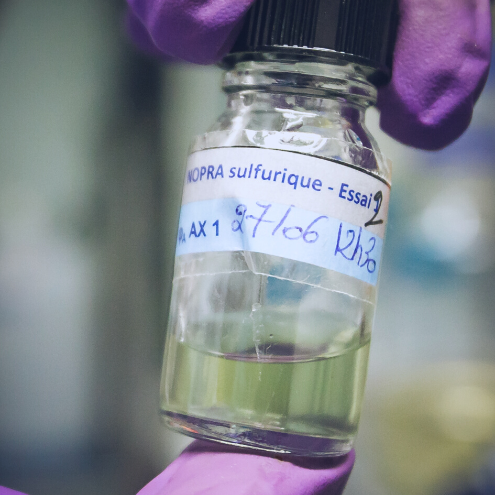
A closed fuel cycle

France has chosen to work towards closing this fuel cycle
This configuration makes it possible to recycle any material that can be recovered from the spent fuel (uranium and plutonium) and to optimise the management of final waste. Nuclear fuels retain most of the uranium-238 and part of the uranium-235 that was initially contained in the fuel. It also contains highly radioactive fission products, plutonium and minor actinides.
In a closed-cycle configuration, the uranium and plutonium are removed from the spent fuel so they can be reused in new fuel assemblies. This reprocessing makes it possible to reduce the level of radioactivity by a factor of ten in nuclear waste because the plutonium has been removed.